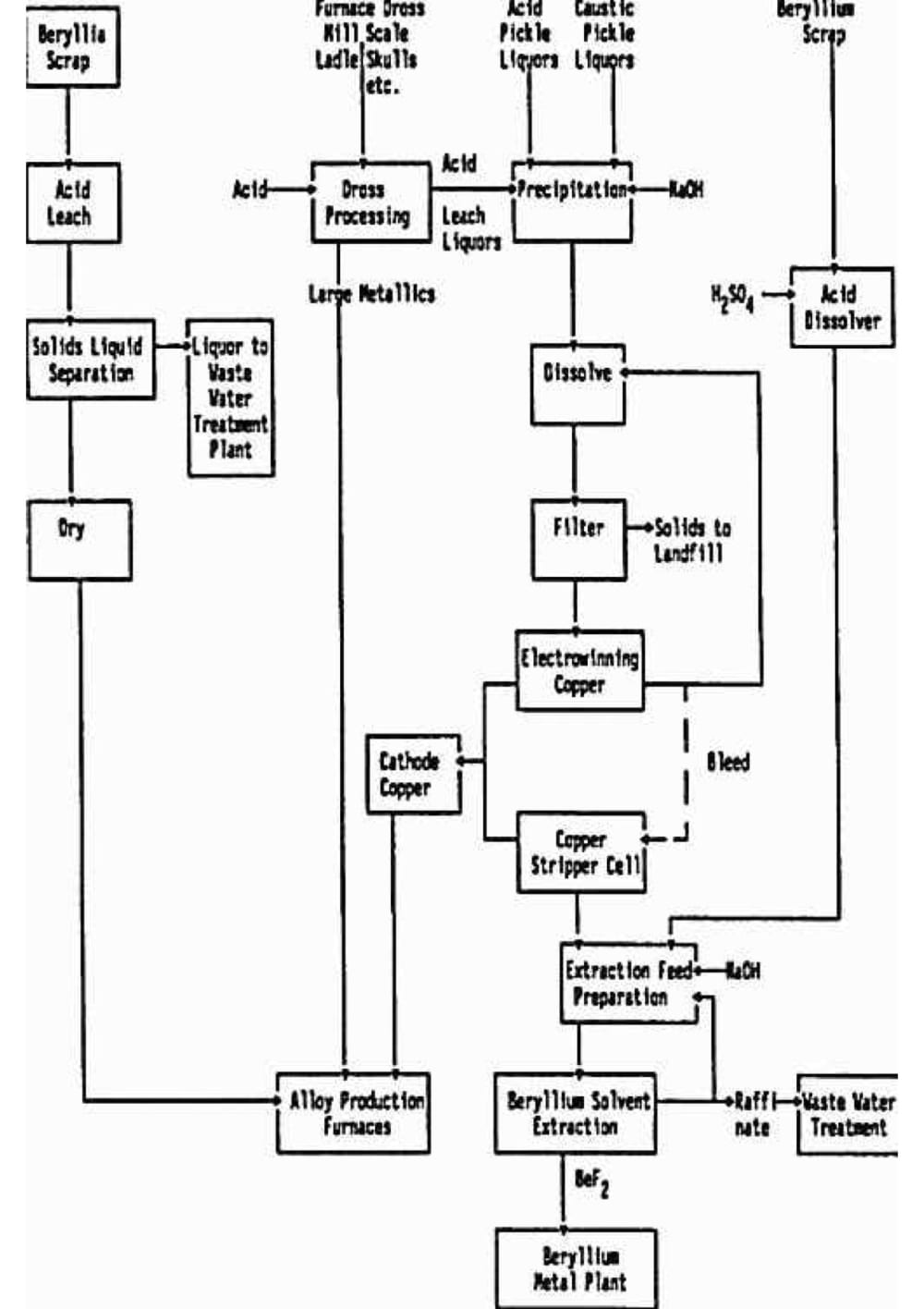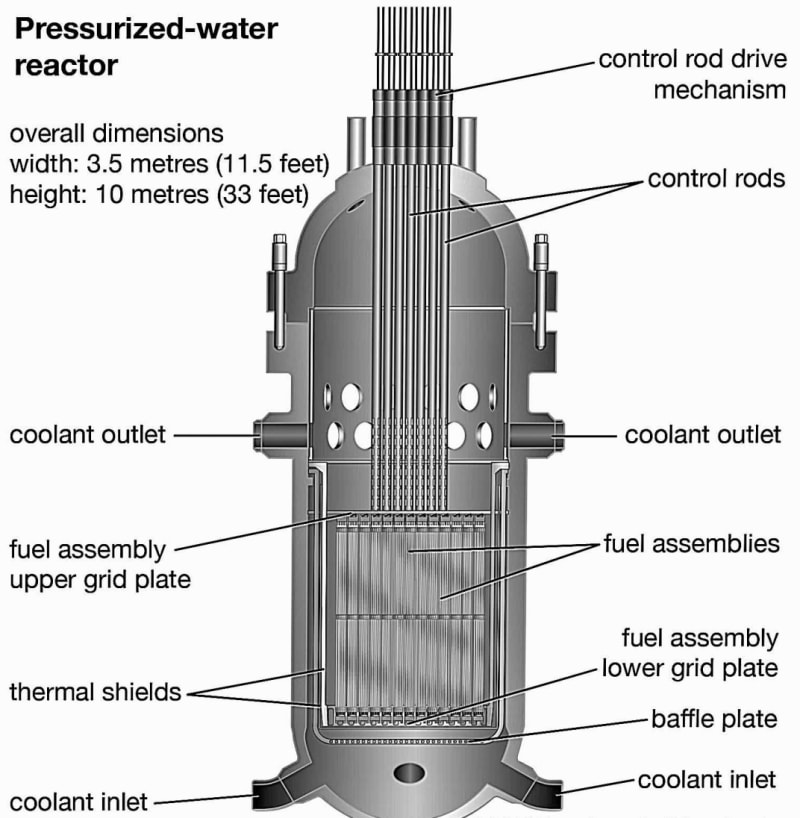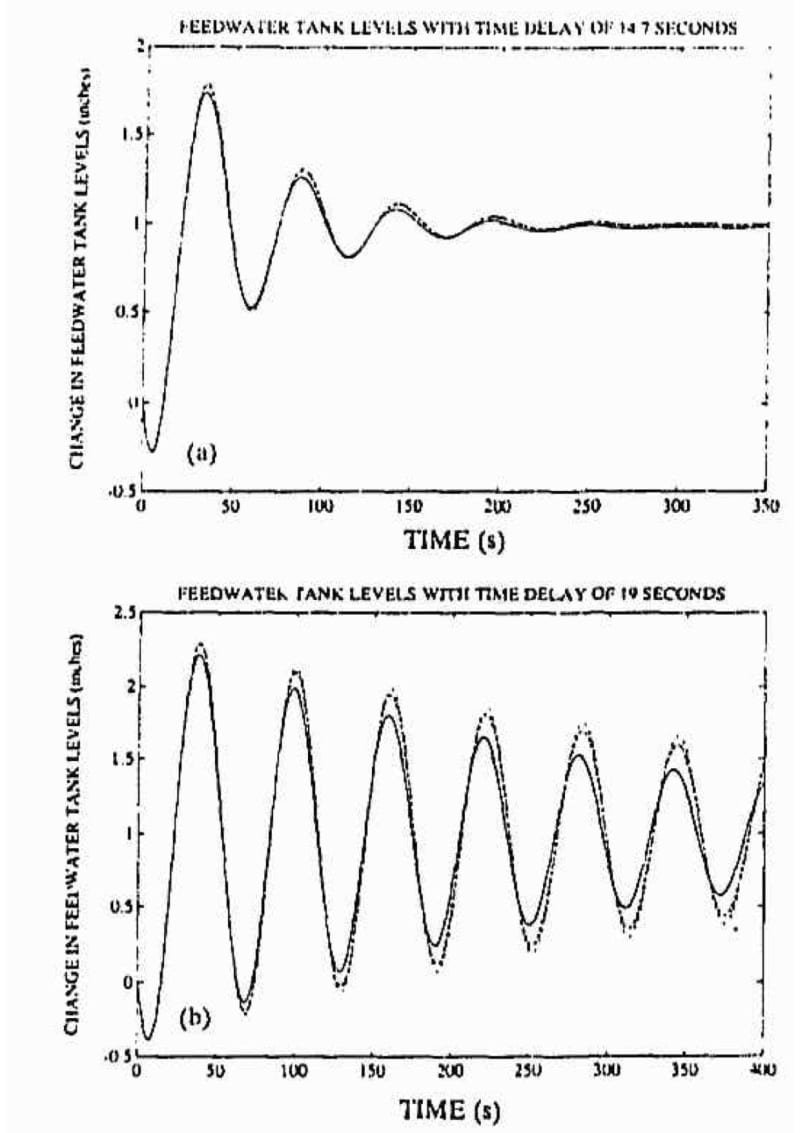in this contemporary era, now nearly 18% of electricity is generated by NPP. This distribution is probably similar for continental Europe and Russia, though UK nuclear power plants use only once-through cooling by seawater, as do all Swedish, Finnish, Canadian (Great Lakes water), South African, Japanese, Korean and Chinese plants. IAEA figures show 45% of nuclear plants use the sea for once-through cooling, 15% use lakes, 14% rivers, and 26% use cooling towers.
If the power plant does not have access to abundant water, cooling may be done by passing the steam through the condenser and then using a cooling tower, where an updraught of air through water droplets cools the water. Sometimes an on-site pond or canal may be sufficient for cooling the water. Normally the cooling is chiefly through evaporation, with simple heat transfer to the air being of less significance. The cooling tower evaporates up to 5% of the flow and the cooled water is then returned to the power plant's condenser. The 3 to 5% or so is effectively consumed, and must be continually replaced. This is the main type of recirculating or indirect cooling.
Moreover, there are many problems likewise. In the case of direct cooling, impacts include the amount of water withdrawn and the effects upon organisms in the aquatic environment, particularly fish and crustaceans. This latter includes both kills due to impingement (trapping of larger fish on screens) and entrainment (drawing of smaller fish, eggs and larvae through cooling systems) and the change in ecosystem conditions brought about by the increase in temperature of the discharge water.In the case of wet cooling towers, impacts include water consumption (as distinct from just abstraction) and the effects of the visual plume of vapour emitted from the cooling tower. Many people consider such plumes as a disturbance, Another possible problem is carryover, where salt and other contaminants may be present in the water droplets.
For this I have came out as sustainable cooling system with use of beryllium copper alloys and beryllium chlorite . The most conservative SDCC estimates were derived for dermal exposure (5-379 μg/100 cm for 0.1-1% damaged skin and 17-3337 μg/100 cm for intact skin), whereas the SDCC for inhalation exposure ranged from 51 to 485 μg/100 cm. Considering this analysis, the lowest DOE surface criterion of 0.2 μg/100 cm is conservative for minimizing exposure and potential risks associated with beryllium-contaminated surfaces released for non-beryllium industrial or public sector use.
To be more particular we can use ionization method for radio active water and we can convert into a non containment water ,however process could take place in very high unstable with Beta Particle which release neutron. Methodological challenges exist with sampling and analysis procedures, data variability and interpretation of surface dust information in relation to anthropogenic and natural background concentrations, this evaluation should provide useful guidance with regard to cleanup of manufacturing equipment or remediation of property for transfer to the general public or non-beryllium industrial facilities.
Like this entry?
-
About the Entrant
- Name:Chaudhari Chahatkumar
- Type of entry:individual
- Software used for this entry:word, paint
- Patent status:pending








